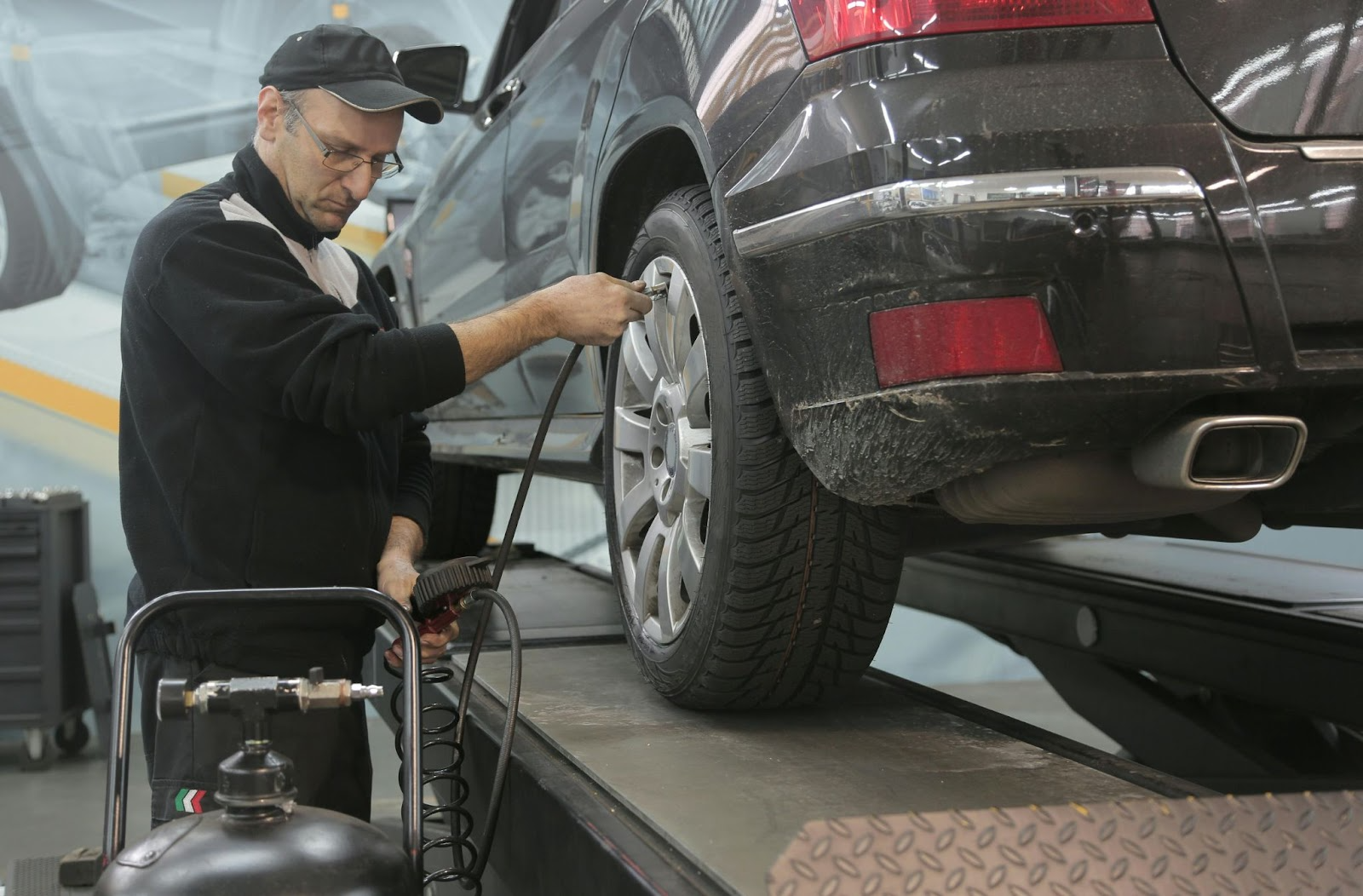How to Check Tire Pressure by Yourself – With a Handy Pressure Chart You Should Know!

(Photo credit: Pexels)
Tire pressure isn't a small matter! Check it the right way with this simple method anyone can do.
Did you know? The right tire pressure is a key factor that helps your car:
- Drive more smoothly
- Save fuel
- Extend the life of your tires
- Prevent accidents caused by blowouts or tire bulges
Yet many drivers neglect to check their tire pressure, leading to poor fuel economy, uneven tire wear, or even accidents. In this article, Motorist will guide you through how to check your tire pressure easily by yourself — along with a standard pressure chart you should know before hitting the road!
Why is Tire Pressure Important?
Proper tire pressure helps with
- Better road grip: Improves braking and traction
- Driving safety: Reduces the risk of blowouts or skidding
- Longer tire lifespan: Over- or under-inflation causes uneven wear
- Fuel efficiency: Under-inflated tires increase rolling resistance, making the engine work harder
How to Check Tire Pressure by Yourself
1. Check when tires are cold
Do it in the morning or at least 2 hours after parking, as heat causes the air to expand and gives inaccurate readings.
2. Remove the valve cap
Twist the cap off and press a tire pressure gauge firmly onto the valve. The gauge will display a pressure reading.
3. Compare with the recommended pressure
Find the correct tire pressure on the “sticker inside the driver’s door” or in the vehicle manual, then inflate accordingly (most gas stations offer free air pumps).
General Tire Pressure Chart
| Vehicle Type | Front Tires (psi) | Rear Tires (psi) |
| Small car (Eco Car) | 30 – 32 | 30 – 32 |
| Mid-size sedan | 32 - 34 | 30 - 33 |
| SUV / MPV | 33 - 36 | 35 - 38 |
| Pickup (light load) | 35 - 38 | 35 - 40 |
| Pickup (heavy load) | 40 - 44 | 45 - 50 |
Note: Pressure may vary depending on the vehicle model, brand, load weight, or actual use. Always refer to the car manual first.
Signs of Incorrect Tire Pressure
- Car leans to one side
- Steering feels too heavy or too light
- Ride feels either too stiff or too soft
- Uneven tire wear
- Tire Pressure Monitoring System (TPMS) warning light is on
Tips to Maintain Proper Tire Pressure
- Check tire pressure at least once a month
- Always check before long trips
- Don’t forget the spare tire
- Nitrogen inflation can help maintain more stable pressure than regular air
- If you’ve upgraded to larger wheels, low-profile tires, or lowered suspension, consult an expert for updated pressure recommendations
Checking tire pressure isn’t difficult — and you don’t have to be a mechanic to do it. With a tire pressure gauge and a bit of knowledge, you can make your ride safer, more efficient, and extend your tire’s lifespan.
🚗 Try checking your tire pressure this week — you’ll be surprised how much better your car drives!
Claim your free car valuation today!
Read More: Why Do New Cars No Longer Come with a Spare Tire?
Looking for a car appraisal? You can contact us for a free car valuation within 24 hours…
